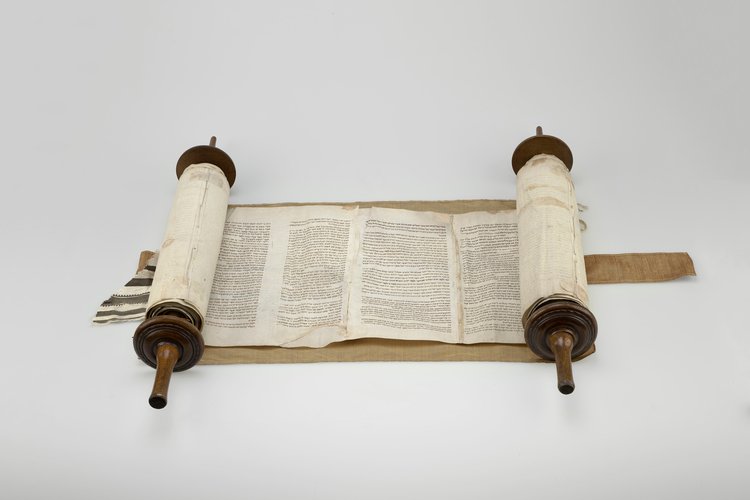Judaism is a religion that has been around for a very long time. It has roots in the land of Israel, and it still has many followers there today. Most people know about Judaism as the religion that contains the Five Books of Moses. But Jews also have many other religions and beliefs that are part of their culture and heritage.
In this article, Rabbi Shmuel Waldman will share more about Sefer (also spelled savé), which is considered to be one of the most important Jewish texts. You will understand what it means, why it’s so important, and how it can help you in your life.

What is Sefer?
According to Rabbi Shmuel Waldman, who has been providing religious education for more than 3 decades, Sefer is a Jewish book of laws and regulations. Judaism is a religion that is Near Eastern in origin, and most of its elements can be found in other Abrahamic religions, particularly Christianity and Islam.
However, Rabbi Shmuel Waldman indicates that there are a few key components that make Judaism unique: the belief in one’s status as an “Israelite” and the importance of the Law within Judaism. These components are what make a séfer text important.
The term sefer literally means “books.” It can refer to any book of Jewish law, or to the five books that make up the Tanakh. Each of these books is known by a different name, depending on the region in which it is believed to have been written.
Why Is Sefer Important?
Rabbi Shmuel Waldman indicates that the books of the Torah and the Talmud are the backbone of Judaism. They contain the rules that Jews have traditionally followed, as well as a wealth of other information. When you study the Torah, you are learning the laws that govern your life. The same can be said for the Talmud: it gives us insight into the thought of our forefathers, and it explains how the Law has shaped our society and our culture.
Key Concepts in Sefer
Rabbi Shmuel Waldman, who has influenced many hundreds of students over twenty years with his educational teachings, points out that we should begin our study of Sefer by looking at its key concepts. These will give us a good overview of the book, and help us better understand how important it is to Judaism.
Shmita – The laws of Shmita are based on the cycles of nature and the seasons. They are meant to be observed by farmers and other people who grow things. Shmita is meant to be a time when people are not allowed to use their agricultural or manufacturing equipment because it will cause damage to the environment. The seasons of the year govern the timing of the laws of Shmita. The spring months, Av and Mehu, are considered the best time to observe the laws of Shmita.
The cycle of the moon is another important concept in séfer. The Jewish calendar is based on this cycle, so the laws of the moon are also important to Judaism.
How to Read a Sefer
“The first step in learning to read a Sefer is to become familiar with its structure and content,” says Rabbi Shmuel Waldman.
These will help you better understand the book, and make it much easier to read. When you’re ready to begin reading a Sefer, start from the beginning.
“Begin with the Biblical portion of the book, and work your way through to the Talmud. You’ll notice that the structure of most Sefer books is similar – starting with the Biblical portion and working your way through to the Talmud. You can usually find the chapters and verses on various subjects, and you’ll also find the laws that govern them,” says further Rabbi Shmuel Waldman.
Conclusion
The Book of Sefer is one of the most important books in the Jewish religion. It is a guide to good living, justice, and wisdom. Through the words of holy prophets, Sefer has been passed down from generation to generation. It is a living document, ever-changing and developing, just as the universe is constantly changing and developing. The Book of Sefer is the most significant book in Jewish history. Through it, we learn about the foundation of many of the other books in the Jewish canon. We also study the books of Sefer together, and we read them in tandem. This provides a powerful pair-bonding experience, as well as a reading experience.
When you are done with one book, you can start it again, and you will always find something new to learn and will understand it from a different perspective.